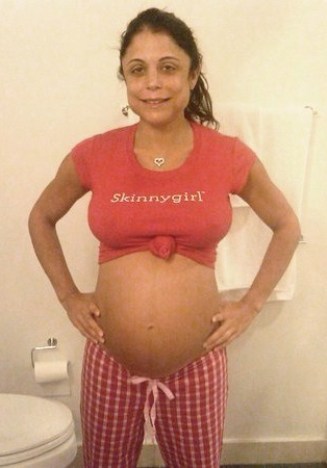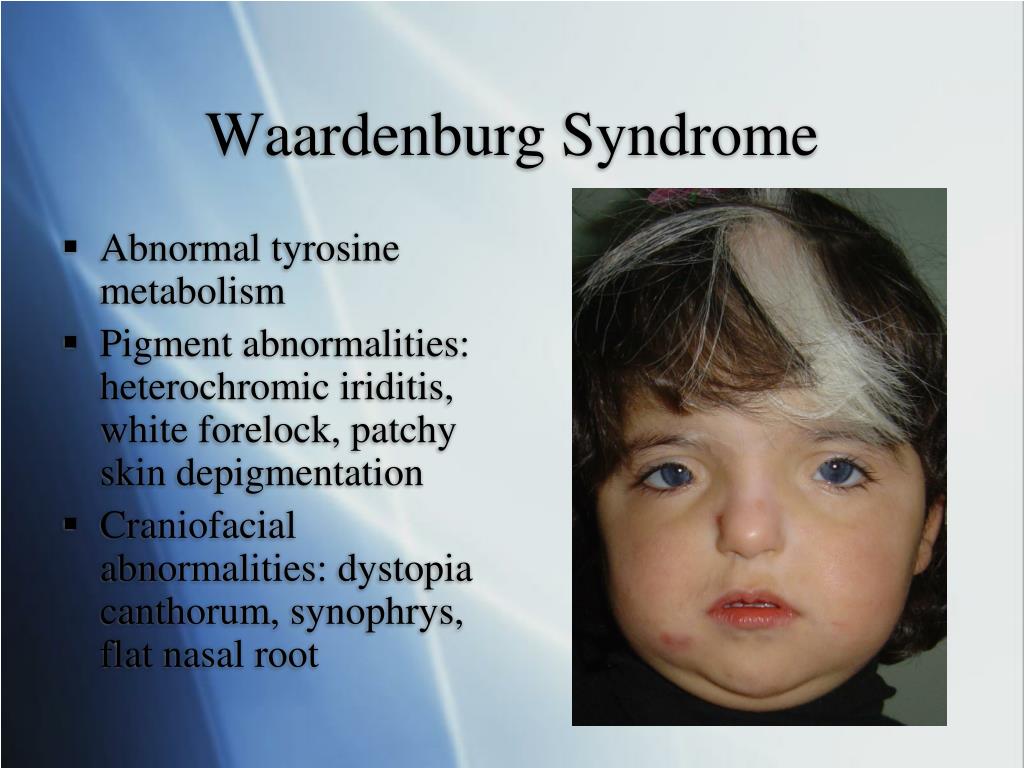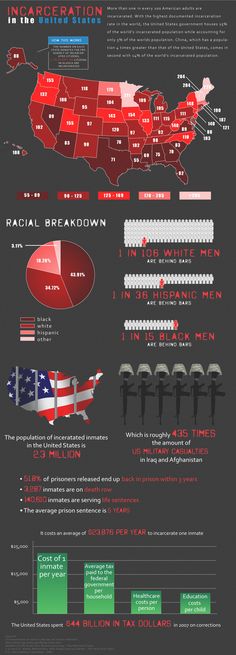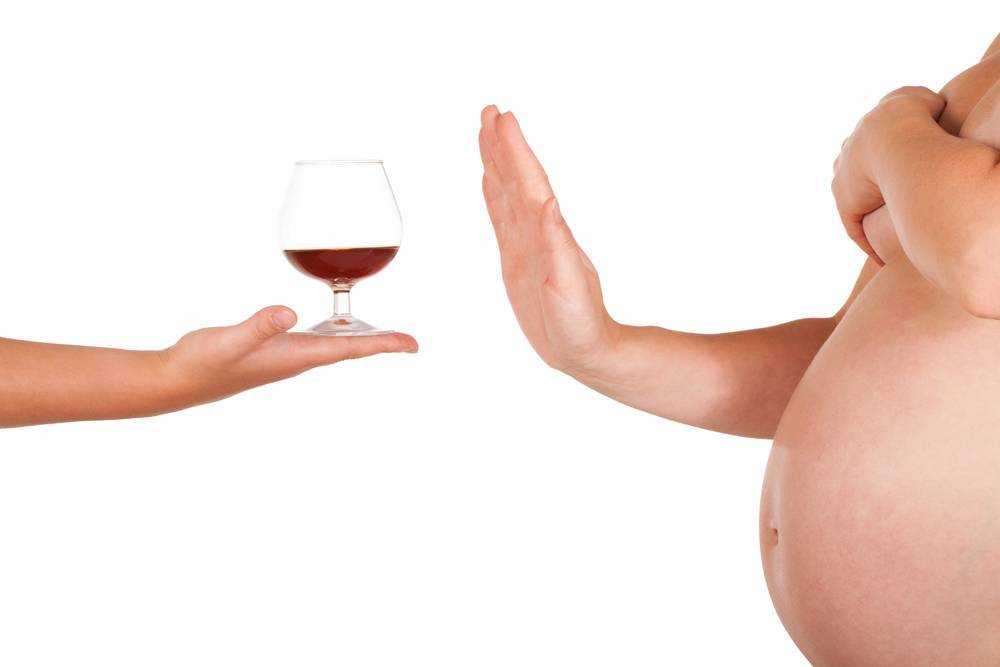Swimming after giving birth
Getting active after the birth
Getting back to your previous level of fitness or starting new activities after you’ve had your baby has benefits for both of you.
Benefits of exercise
Even small amounts of regular activity can:
- help you feel better and relieve stress
- boost your energy
- help strengthen and tone your tummy muscles
- help you sleep better
You're also less likely to have the symptoms of depression if you keep active after the birth.
How your body changes during pregnancy
When you’re pregnant your body makes lots of changes to adjust to your growing baby:
- Your abdominal muscles and pelvic floor stretch
- The way you walk and stand changes
- The stability of your joints is affected
These can affect how soon you can get back to being active. Having a caesarean section or complicated delivery will affect this too.
Good activities to start with
Your midwife or an obstetric physiotherapist will encourage you to start gently walking and give you some exercises to do soon after you’ve had your baby.
These exercises will help the muscles in your back and tummy to get stronger.
If you’ve had a healthy pregnancy and vaginal delivery, it’s safe to start doing these a few days after giving birth or as soon as you feel ready.
Pelvic floor exercises
Your midwife or an obstetric physiotherapist will also show you how to do pelvic floor exercises.
You should start doing these as soon as you can.
How to do pelvic floor exercises
If you’ve had a complicated pregnancy or birth
If you’ve had a more complicated pregnancy or birth, such as a caesarean section, tear or assisted delivery, you can start walking and doing pelvic floor and tummy muscle exercises when you feel ready.
If you’re not sure, ask your midwife, health visitor, obstetric physiotherapist or doctor for advice about getting active again. Your 6 or 8 week check is a good time to do this.
If you're breastfeeding
If you’re breastfeeding, wear a sports bra over your nursing bra for extra support and comfort.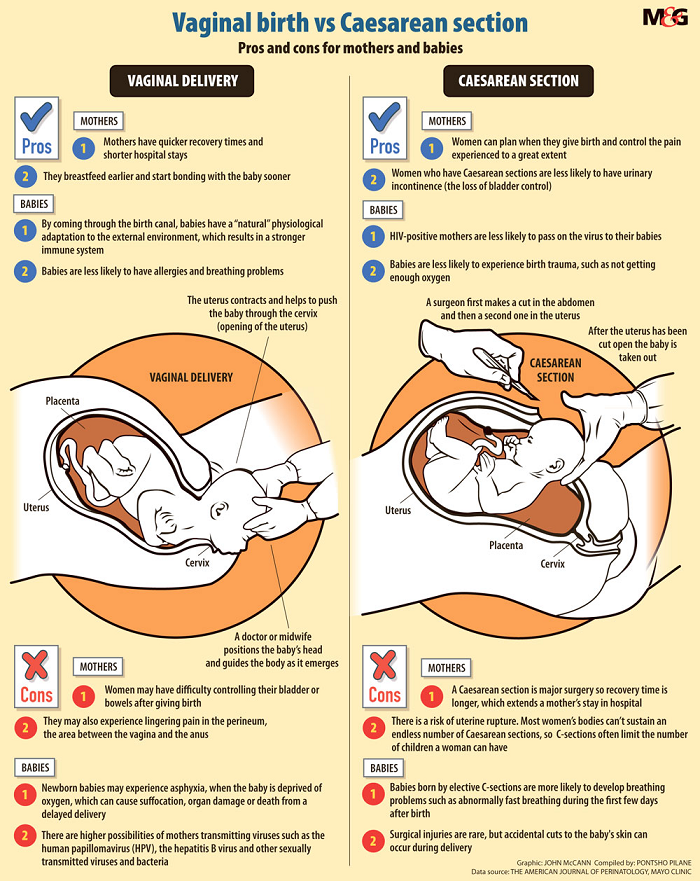
It’s a good idea to feed your baby before exercise and it’s also important to stay well-hydrated.
Activity and exercise won’t affect the amount of milk you make if you’re breastfeeding.
How to start being active again
Start gradually at first. Begin with walking and take your baby out in their pram, buggy or sling.
Gradually build up to doing 30 minutes at least 5 days a week. It doesn’t need to be done in one go. You can do 3 lots of 10 minutes or 2 lots of 15 minutes if that works better for you.
A change of scene can often calm your baby if they’re crying and it can help you feel better too
Paths for All has more about the benefits of walking
Buggy Walks
In some areas parents get together for regular Buggy Walks run by Paths for All. These are a great way to get active and meet other parents.
Find a health walk in your area
Swimming
If you want to go swimming, you’ll need to wait until any discharge (lochia) has stopped and any stitches have healed.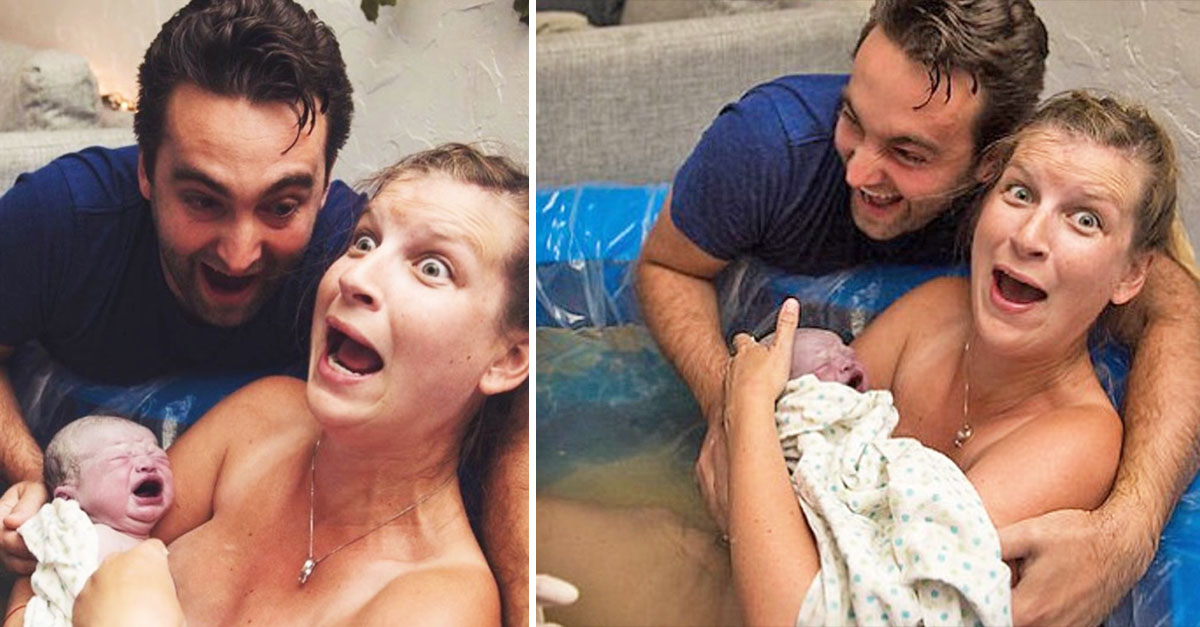
This is likely to be from about 6 weeks onwards.
Jogging and aerobics
If you want to do a high-impact activity such as jogging or aerobics, wait until at least 3 to 6 months after giving birth. Any sooner could strain muscles in your back and pelvic floor.
Use ALISS to find ways to keep active in your area
Yoga and Pilates
Yoga and Pilates are good for building strong muscles and balance.
You can start these 6 to 8 weeks after birth.
Use ALISS to find yoga and Pilates classes in your area
Returning to regular sport or training
If you were doing regular sports or fitness training:
- wait at least 6 weeks after birth before you start again, longer if there were complications
- make sure you tell your instructor you’ve recently had a baby
- make sure you rest before doing any activity, especially in the early days
Translations and alternative formats of this information are available from Public Health Scotland.
Swimming Postpartum [Everything You Need To Know]
So you just delivered a baby, and you want to go swimming?
You’re in the right place.
Today, you’re going to learn everything you need to know about swimming postpartum.
Specifically, I’ll answer
- How soon can you go swimming after giving birth?
- What should you do if you have stitches? What if you had a c-section?
- Why are there restrictions on swimming after giving birth in the first place?
Let’s get started.
Disclaimer
***READ FIRST***
Although I am a doctor, I am not your doctor. This information is for informational purposes only and should not substitute the advice from your healthcare professional. All kinds of exercise and dietary changes are potentially dangerous, and those who do not seek counsel from the appropriate health care authority assume the liability of any injury which may occur. Please read my full Disclaimer for more information.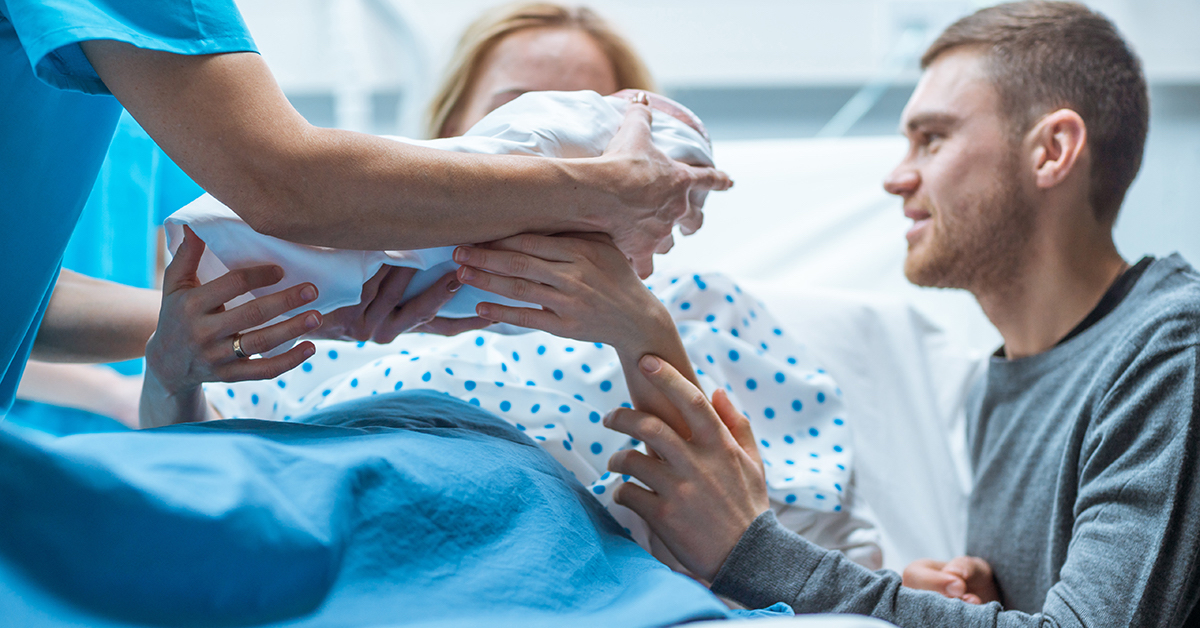 Also, this post may contain affiliate links: meaning I may receive a commission if you use them.
Also, this post may contain affiliate links: meaning I may receive a commission if you use them.
Ok, moving on.
When Can I Go Swimming After Giving Birth?
So when is it ok to go swimming after giving birth?
It is recommended that you wait at least 4-6 weeks postpartum before you go swimming. Some providers will say no swimming until your bleeding has stopped, which can take about 4 weeks or so.
Other providers are more strict and recommend that you wait until your 6-week follow-up visit before swimming.
4-6 weeks is the minimum, even if you are feeling fully recovered sooner than that.
Why Can’t I Go Swimming 2 Weeks Postpartum?
You should not go swimming 2 weeks postpartum due to a very high risk of infection.
Immersing your body underwater opens up the opportunity for bacteria to go inside of your open wounds.
You might have had vaginal lacerations that need to close, an episiotomy that needs to heal, or a c-section incision that is still fresh.
These are all common locations to develop a nasty infection.
Even if you didn’t have any vaginal lacerations or a c-section, you still need to wait for your cervix to close. Otherwise, bacteria can go inside of your uterus and cause an infection known as postpartum endometritis.
These infections can be serious and require hospitalization with antibiotic therapy.
How Long Does It Take For Your Cervix To Close After Birth?
There is no hard and fast rule to this. In general, most providers feel that your cervix has closed once you stop bleeding vaginally. This can take at least 4 weeks.
Don’t forget, your cervix dilates to approximately 10 cm to allow your baby to come out.
Your cervix will need a little time to go back to normal :).
When Can I Swim After A C-Section?
In general, you need to wait for your c-section incision to completely heal before you can go swimming. It can take approximately 6 weeks for the incision to close completely.
If you have any kind of drainage from the incision (which can sometimes be normal), you cannot go for a swim!
To be safe, I absolutely recommend that you wait until your postpartum visit so that your doctor can evaluate your incision.
Why?
Because during a c-section, 6 different layers of tissue were opened up to get your baby out. (You can learn all about the layers cut during a c-section in: Muscles Cut During a C-Section.)
Every single one of these layers needs time to heal. If you let water get into your incisions, you are at risk of developing a wound infection.
A wound infection needs to be opened up, sometimes in the operating room, and drained. In these cases, the wound is left open to close on its own.
Yea, that is something you do not want.
Can I Take A Bath Postpartum?
Similarly, you should not bathe postpartum for the same reasons listed above.
Immersing your body underwater increases the risk of a uterine infection and/or a wound infection in any of your incisions/lacerations.
With that said, it is perfectly ok to shower. We recommend you shower the next day after your delivery as long as you had an uncomplicated delivery.
When you shower, just let the warm soapy water wash over your body and incisions. Don’t actively scrub your incisions or laceration.
And yes, you can use soap after delivery.
Just make sure not to put the soap inside your vagina. This will increase your risk of developing bacterial vaginosis (more on that later) and/or endometritis.
Swimming In The Ocean After Birth- Is It Advised?
You should wait 6 weeks at the very least before considering swimming in an ocean after giving birth. Oceans are notorious for harboring many different kinds of bacteria. Do not put yourself at risk.
Just make sure that your doctor evaluates you at your postpartum check-up before considering this.
Can I Go In A Pool After Giving Birth?
Yes, you can go into a pool after giving birth, but only after your risk of developing a postpartum infection has decreased.
If you are going to go swimming, a private pool is probably safer to swim in then a lake or an ocean.
That’s because pools are chlorinated, and are less likely to harbor a lot of bacteria.
With that said, I still recommend that you wait until your doctor says it is safe to go into a pool. (4-6 weeks postpartum).
Is Swimming Good For Post Pregnancy?
Yes. Swimming is a great way to exercise in the postpartum period for several reasons.
- it can improve your cardiovascular endurance,
- improve you muscle tone, and
- it can help you lose fat.
In addition, swimming is a great postpartum exercise because it is a low-impact exercise. This means that it won’t put pressure on your joints.
I have written an entire article about why your joints are very lax in the postpartum period in this article: What are the risks of exercising too soon postpartum?
With that said, swimming is not a weight-bearing exercise. This means that it will not strengthen your bones and joints.
This means that it will not strengthen your bones and joints.
For that, you should also include some type of weight-bearing exercise in the postpartum period, such as walking, running, or weight training.
Swimming After Birth With Stitches – Does It Matter?
In general, you should wait until your vaginal lacerations have healed before swimming.
The healing process can take anywhere from 4-6 weeks, although your stitches won’t actually dissolve until 10-12 weeks.
The majority of women who have a vaginal birth will have a vaginal laceration. There are four types of lacerations.
- 1st degree: very superficial scrape in the vaginal tissue, sometimes requiring stitches
- 2nd degree: deeper laceration that requires stitching
- 3rd degree: a laceration that reaches the anal sphincter
- And 4th degree: a laceration that completely tears all the way through from your vagina into your rectum
The vast majority of lacerations are second degree, which does require suturing.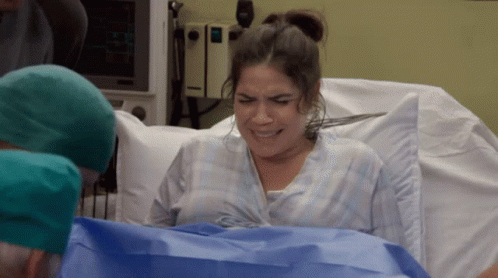
Most lacerations can be closed with one continuous suture. Other times, you may need a couple of running stitches if you have more than one laceration.
The most common sutures used are chromic and vicryl, both of which are dissolvable and do not need to be removed.
Similarly, almost all c-section incisions are closed with stitches that dissolve.
So yes, you can go swimming with stitches in place, but you must make sure that your incisions have healed completely first.
Can I Use Feminine Wash After Giving Birth?
You do not need to use any kind of feminine wash before birth or after birth at all. Your vagina has its own natural way of keeping itself clean.
Using feminine washes and douches of any kind will increase the risk of developing bacterial vaginosis, or postpartum endometritis due to the vaginal bacteria entering your uterus.
This is a condition that results from an imbalance between good bacteria and bad bacteria in your vagina.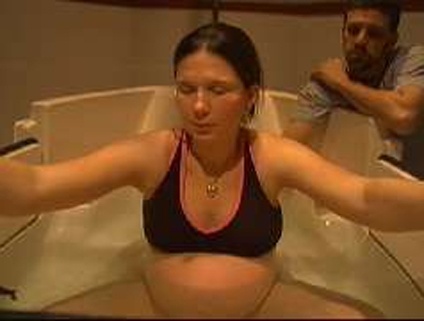
In other words, there is an overgrowth of the “bad” bacteria.
You see, your vagina normally has a perfect balance of good and bad bacteria. Placing different types of products in there can disrupt this homeostasis.
Common symptoms of bacterial vaginosis include increased vaginal discharge, itchiness, and a fishy vaginal odor.
So do yourself a favor. Stop using feminine washes!
Can I Use A Tampon for Swimming after Childbirth?
I also don’t recommend that you use a tampon when going swimming. Tampons serve as a great home for bacteria to live in- especially if you go underwater with it.
In addition, you should not use any tampons in the immediate postpartum period. Let your cervix close, and your vaginal lacerations heal first.
Final Thoughts On Swimming After A Baby
Swimming is an excellent way to get back into an exercise routine in the postpartum period.
As with all types of exercise and physical activity, it is important that you get an okay from your doctor before starting.
If you had vaginal lacerations, an episiotomy, or a cesarean delivery, you must wait at least 4-6 weeks for these incisions to heal before going underwater.
For the most part, waiting for your lochia to stop (postpartum vaginal bleeding) is a good idea.
It’s also a good idea to incorporate other types of exercise in your postnatal routine which you can find below!
- How to Exercise Your Arms Postpartum
- How To Exercise Your Legs Postpartum
- How To Exercise Your Butt Postpartum
- The Best Pelvic Floor Exercises You Can Do Postpartum
Additionally, you could read my Complete Guide on Getting Fit After Pregnancy for more information on exercise in the postpartum period.
Okay, that’s all for today. Good luck momma!
How long were you told you couldn’t swim for?
Did you develop any postpartum infections?
Comment below and let me know!
Get Four Free Workouts To Help Strengthen Your Pelvic Floor & Heal Your Mommy Tummy!
YES- I WANT THE PDF!
Brittany N Robles, MD, MPH, CPT
Brittany Robles is a full-time OBGYN, a NASM certified personal trainer, and health & fitness, expert.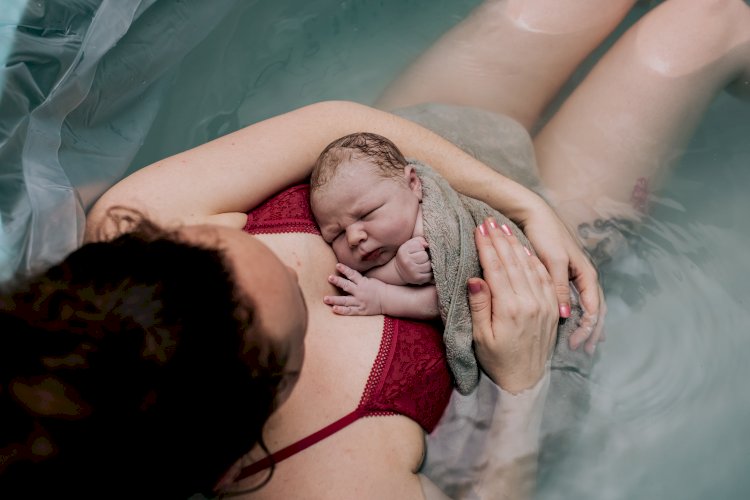 She holds a Masters of Public Health degree in maternal health with a special interest in exercise and nutrition. She is also the co-author of The White Coat Trainer. Learn more about her here.
She holds a Masters of Public Health degree in maternal health with a special interest in exercise and nutrition. She is also the co-author of The White Coat Trainer. Learn more about her here.
Sharing is Caring – Send This To A Mom In Need!
Classes in the pool after childbirth
Classes in the pool after childbirth
A rare mother in the postpartum period does not think about restoring her figure. At the same time, it is impossible not to take into account that the woman's body not so long ago suffered a global shock - childbirth. In addition, a large proportion of young mothers support breastfeeding, wanting to keep it until a certain point. Therefore, when choosing physical activity for this stage of a woman's life, it is necessary to avoid intense stressful training.
Is it possible to go to the pool after giving birth?
Today, experts have developed courses of specialized classes that will be safe for women, while they allow you to achieve the desired result.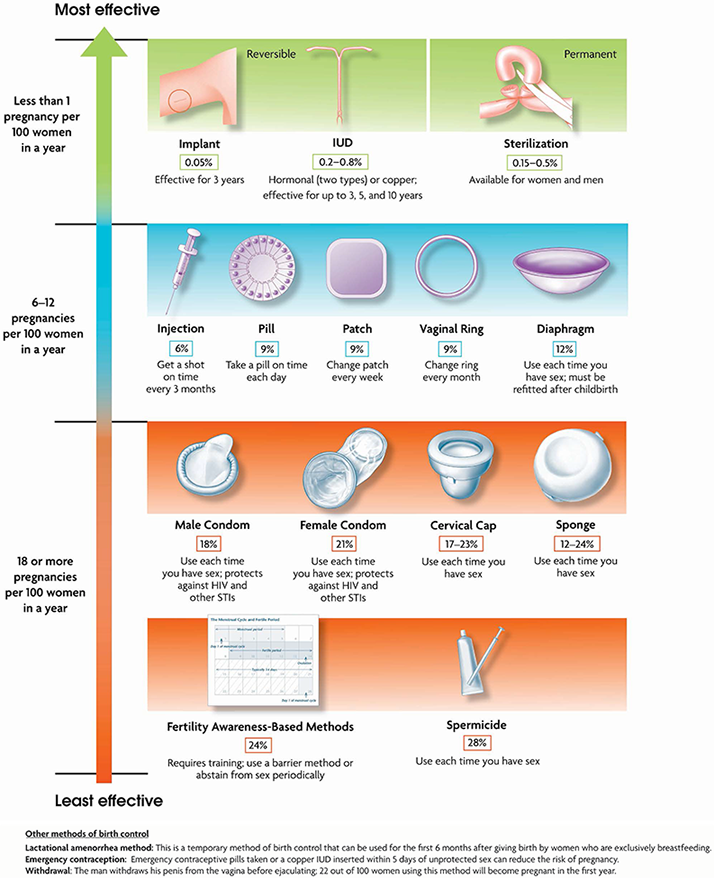 One of the popular areas of such courses is deservedly visiting the pool after childbirth.
One of the popular areas of such courses is deservedly visiting the pool after childbirth.
To start classes, a woman needs a certificate from an obstetrician-gynecologist. It would be best if the examination and consultation is carried out by the specialist who led the pregnancy, because he is familiar with the individual characteristics of the woman.
The decision about when you can visit the pool after childbirth is taken precisely on the advice of the doctor. If the birth was natural, then it is necessary to take into account the presence or absence of birth trauma, the rate of recovery of the body. With the current level of medicine, a caesarean section is not a contraindication for exercising in the pool, but the mother needs to undergo a control ultrasound. If rehabilitation takes place quickly and without complications, then you can start training already one or two months after the baby is born.
Swimming after childbirth
Aqua gymnastics has a number of features that allow you to organize training as gently and atraumatically as possible. The buoyant force of water reduces the weight of the body, the force of attraction is less felt. Therefore, it seems that movements in water are easier to perform than on land. At the same time, the muscles experience a certain load, gradually returning to tone and strengthening. In the postpartum period, this is especially important for the back muscles, on which the normal position of the spine depends, and, consequently, the prevention of scoliosis, osteochondrosis and other unpleasant diseases.
The buoyant force of water reduces the weight of the body, the force of attraction is less felt. Therefore, it seems that movements in water are easier to perform than on land. At the same time, the muscles experience a certain load, gradually returning to tone and strengthening. In the postpartum period, this is especially important for the back muscles, on which the normal position of the spine depends, and, consequently, the prevention of scoliosis, osteochondrosis and other unpleasant diseases.
Massage effect of water helps to prevent the development of varicose veins, strengthens the cardiovascular system, and effectively fights cellulite. At the same time, water pressure avoids injuries to the articular-ligamentous apparatus and, with a competent approach, regulates the intensity of exercises, which allows you to maintain lactation.
If a woman was engaged in water aerobics during pregnancy, then it is worth starting the recovery by repeating the same exercises. This will allow you to smoothly enter the training process mode and get used to the load.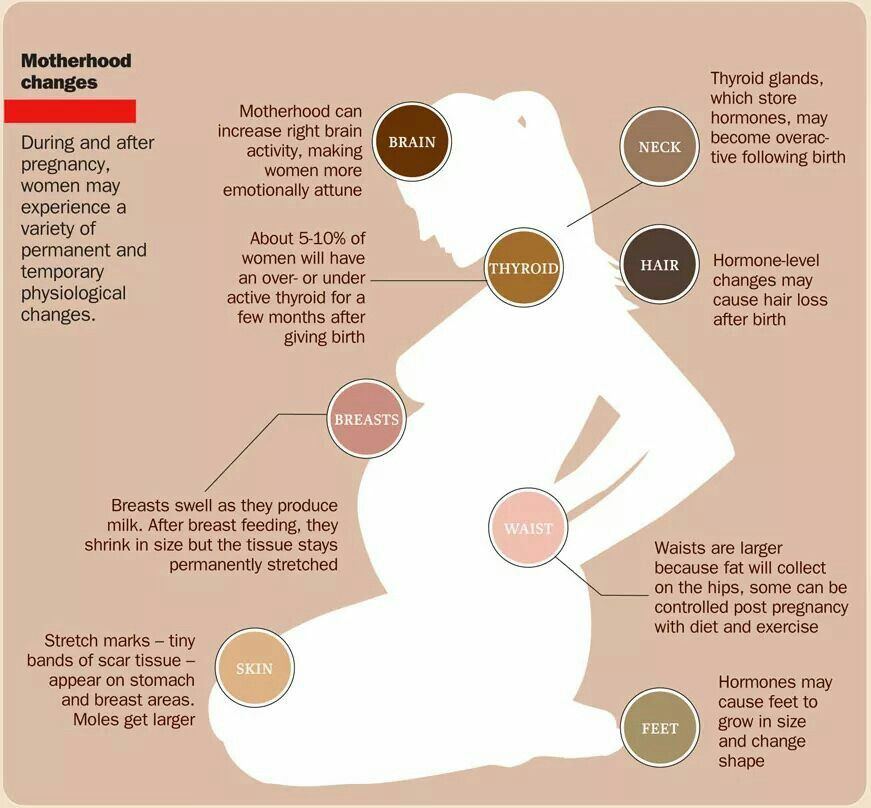 After the adaptation of the body, exercises with additional equipment can be included in the exercises, their range gradually expands and the load increases. Thus, regular systematic exercises will allow the young mother to gradually come to figure modeling.
After the adaptation of the body, exercises with additional equipment can be included in the exercises, their range gradually expands and the load increases. Thus, regular systematic exercises will allow the young mother to gradually come to figure modeling.
Sign up for classes
Is it possible for a nursing mother to go swimming in the pool after giving birth
It is better to start getting back in shape after the birth of a child as soon as possible. Regular swimming in the pool is recommended by doctors as a gentle form of physical activity for a difficult postpartum period. But when returning to swimming training, there are a few important things to keep in mind.
Contents
- 1 When is the best time to start swimming
- 2 Swimming while breastfeeding
- 3 Swimming after CS
When is the best time to start swimming
Water exercises help tone stretched muscles, get rid of excess weight, restore skin elasticity. Improving metabolic processes and strengthening immunity is also very important for the mother's body. For the tense period after childbirth, the calming effects of swimming and being in the aquatic environment also play a big role.
Improving metabolic processes and strengthening immunity is also very important for the mother's body. For the tense period after childbirth, the calming effects of swimming and being in the aquatic environment also play a big role.
Swimming in the pool after childbirth can be started when the cervix is completely closed and the discharge (lochia) stops - this usually happens after 1-1.5 months. Before the first visit, it is necessary to undergo an examination by a gynecologist. If the birth was difficult, you will have to postpone any physical activity until your health is restored. In case of injuries and tears, do not swim in the pool until the seams are completely healed.
Swimming while breastfeeding in the first months after childbirth is not allowed. The process of establishing lactation often takes place with complications, and the mammary gland becomes extremely vulnerable to the effects of infection. Therefore, doctors recommend starting swimming with breastfeeding no earlier than 3-4 months after childbirth.
Features of swimming while breastfeeding
It is widely believed that it is better for a nursing mother not to go to the pool at all. Women fear that breast contact with chlorinated water may affect the quality of milk or cause painful irritation. Doctors refute these allegations - the penetration of water into the milk ducts is impossible, and the skin will be protected by a cream with a high percentage of fat, which must be applied at least half an hour before class. But swimming in a pool with breastfeeding can be dangerous for other reasons:
- hypothermia - the body is weakened after childbirth, so there is a high probability of exacerbation of chronic diseases and infection with viruses;
- flushes of milk - during training, it is impossible to feed on time, which leads to lactostasis and a high likelihood of developing an infection;
- high loads on the chest muscles - can interfere with the establishment of lactation, increase the amount of lactic acid, which will lead to the child's refusal of milk;
- inflammation of cracked nipples - the ingress of chlorinated water into the sores can cause irritation and delay the healing process.

All these negative consequences can be easily avoided if you follow the rules for visiting the pool during breastfeeding:
- start training only after the final establishment of lactation - this should be determined by the attending physician, usually the process is completed by 3-4 months of the child;
- in class it is important to avoid exertion, keep a slow pace when swimming, perform only simple exercises;
- it is better to train under the supervision of an instructor who will correctly regulate the intensity of training and the increase in load;
- it is necessary to refuse to visit the pool if you feel unwell, and also if there is irritation on the skin of the chest or there are cracks on the nipples;
- carry a milk pump with you or choose a sports center for classes that you can attend with babies - usually in this case the babies are supervised by the staff, the mother can, if necessary, interrupt the lesson to feed the baby;
- after swimming, you need to thoroughly rinse with chlorinated water in the shower, but it is better not to use soap for the chest - it causes overdrying of the skin, which can also lead to cracks;
- after a shower, do not dry your breasts with a hard towel, which can irritate your nipples; be sure to use moisturizers for the skin.

Going to the pool while breastfeeding is best in a gradual increase in load. The first classes should not last longer than 30 minutes, intense exercises are prohibited. The strengthening effect at the initial stage is provided by walking on the bottom of the pool, which is interspersed with short periods of relaxed swimming. For the postpartum period, water aerobics classes in special groups are well suited.
Swimming after CS
Water activities can help you recover faster after a caesarean section, but strenuous exercise will be forgotten for a long time. You can start swimming after CS only on the recommendation of a doctor who will determine the quality of suture healing, as well as the readiness of the body to increase stress. It is usually recommended to wait about six months after giving birth, but with good performance, you can start swimming earlier.
In the first sessions, it is better to try to avoid the load on the abdominal region, do not do exercises that affect the torso.
